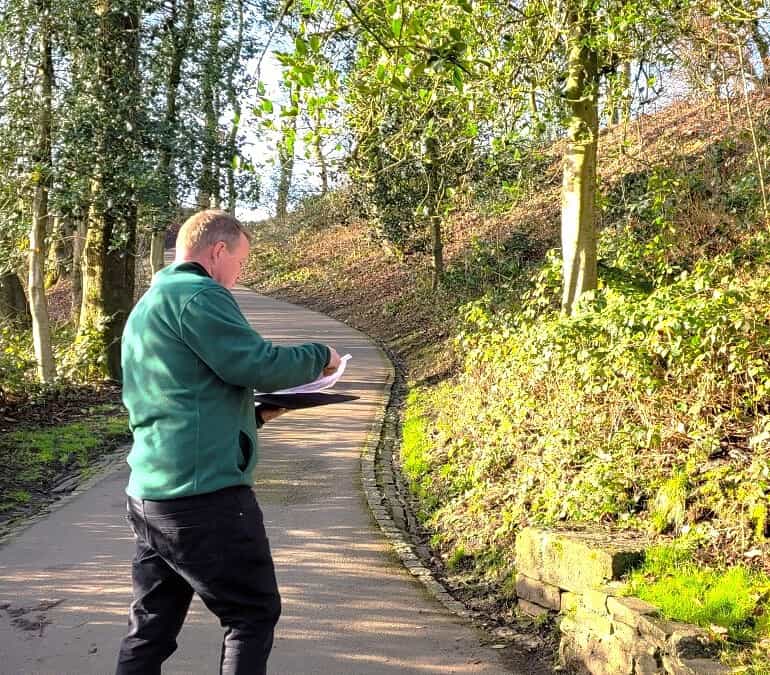The Future of Japanese Knotweed Control and Management: A Comprehensive Look [2023]
This article delves into Exploring new techniques, tools, and technologies for tackling this invasive species.
Japanese Knotweed (Fallopia japonica) is a highly encroaching & invasive species that poses a serious threat to the environment and human health. The plant’s fast growth and vigorous spread make it a formidable challenge to manage. Conventional control methods are proving increasingly ineffective. In this article, we will explore the future of Japanese Knotweed control and management. I including new techniques, tools, and technologies that promise to help tackle this invasive species.
As the impact of Japanese Knotweed continues to grow
New techniques are being developed to control and manage this invasive species. One such technique is biocontrol, which involves using natural predators to control the plant’s spread. For example, the psyllid insect has been found to be effective in reducing Japanese Knotweed populations, and it is hoped that this technique will become more widespread in the future. One major problem for the insect is that it doesn’t like the cold weather in the North of England. Furthermore its appetite is quite small so it only make a slight in pack on the plants.
Another promising technique is the use of chemical herbicides. New, more effective herbicides are being developed, and these will provide a more powerful tool for Japanese Knotweed control and management. Additionally, research is being conducted into the use of natural herbicides, such as vinegar and citric acid, which may hopefully offer a more sustainable solution.
Tools and Technologies
As well as new techniques, advances in technology are also playing a crucial role in the future of Japanese Knotweed control and management. For example, new mapping and monitoring tools are being developed. They will provide a more comprehensive view of the extent of Japanese Knotweed infestations. This information will be vital for targeting control measures, and will also help to track the effectiveness of different management strategies.
Another technology that is set to play a major role in the future of Japanese Knotweed control and management is drone mapping and monitoring. This technology allows for rapid and accurate mapping of infestations, as well as the ability to monitor the effectiveness of control measures in real-time.
The Importance of Collaboration
Its importance of collaboration between different stakeholders. This includes government agencies, local authorities, land managers, and the public. By working together, these stakeholders can pool their resources, knowledge and expertise to create effective management strategies that can be implemented at scale.
-
What is Japanese Knotweed?
Japanese Knotweed is an invasive plant species that is native to Asia. It is a highly aggressive plant that spreads quickly and is difficult to control.
-
Why is Japanese Knotweed a problem?
Japanese Knotweed is a problem because of its fast growth and aggressive spread. It can cause damage to buildings, infrastructure and the environment, and can also have negative impacts on human health.
-
What is the future of Japanese Knotweed control and management?
It is closely tied to the development of new techniques, tools and technologies. This includes the use of biocontrol, chemical herbicides, mapping and monitoring tools, and drone technology. Collaboration between different stakeholders is also vital for the effective management of this invasive species.
To summarise, the future of Japanese Knotweed control and management looks promising. With new techniques, tools and technologies being developed that will provide a more effective way of tackling this invasive species. However, the importance of collaboration between different.
